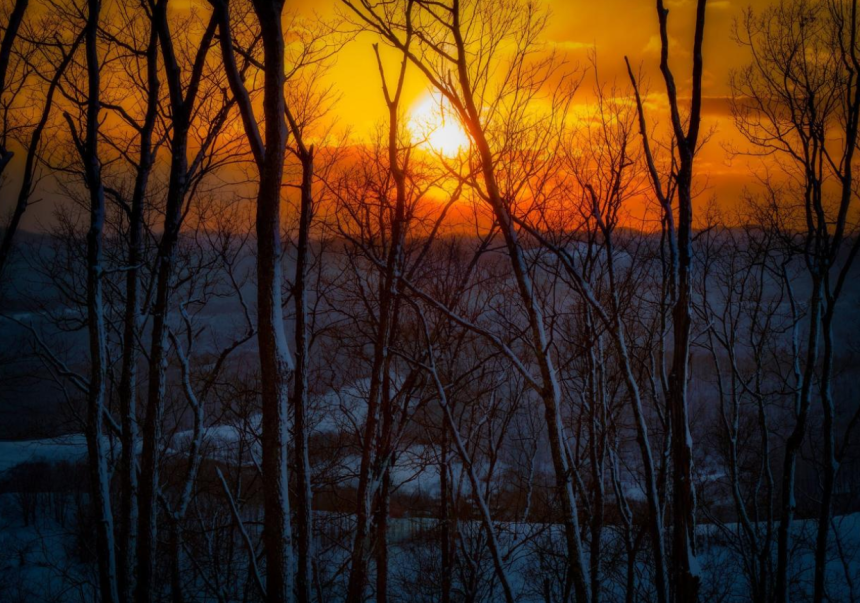Unfortunately, those who prefer the long, languid summer days will be disappointed. We’ve now reached the darkest season of the year.
While you’ve probably noticed the sky becoming darker earlier after the end of Daylight Saving Time, sunlight is poised to become increasingly scarcer as the Northern Hemisphere approaches a season known as solar winter.
The recent time change highlighted the dwindling brightness, but the days have been growing shorter since the summer solstice on June 21. The summer solstice happens when one of the Earth’s poles, in this case, the northern one, is closest to the sun, resulting in the longest day and shortest night of the year.
Following this, the days begin to shorten until the winter solstice, the shortest day and longest night of the year; at this point, things reverse and begin going the other way once more.
The winter solstice is expected to occur on December 21 this year. Until then, expect things to continue to grow, well, darker. So, how does the solar winter fit into this?
When does daylight saving time begin in 2024? When will we ‘ spring ahead’ in 2024?
In 2023, when does winter begin? When the winter solstice occurs in 2023 and when winter begins
What is solar winter?
According to AccuWeather.com, solar winter is the quarter of the year with the least amount of daylight in the Northern Hemisphere. While the dates are approximate and may vary somewhat from year to year, solar winter typically lasts from around November 6 to February 3.
Solar winter may be the darkest season of the year, but it is not the coldest. When temperatures begin to fluctuate between seasons, it takes some time for Earth’s land and ocean to catch up due to a phenomenon known as seasonal lag. Warmer weather from the summer and fall persists into the early winter, keeping temperatures up.
Water has a larger heat capacity than land, which means it takes longer and a greater change in temperature for the oceans that cover more than 70% of the Earth’s surface to cool or warm. Because of the slowness of this process, even if we are experiencing the darkest days of the year, we are unlikely to be experiencing the coldest at the same time.
Each year, between November and December, there are three distinct stages of winter. While we have dates to determine each season’s “official” length, meteorologists and climatologists define the season differently.
Solar winter, as we are currently experiencing, is the period from November to February when the time between dawn and sunset is the shortest of the calendar year.
Meteorological winter, as the name indicates, is more about weather and temperature than it is about sunshine. This winter classification spans from December 1 to February 1 and corresponds to the year’s coldest months.
Astronomical winter is determined by the Earth’s location relative to the sun and determines the “official” beginning of winter. The calendar dates for the start of winter change somewhat each year due to the Earth’s rotation, but the winter solstice determines this three-month period and concludes with the spring equinox.















